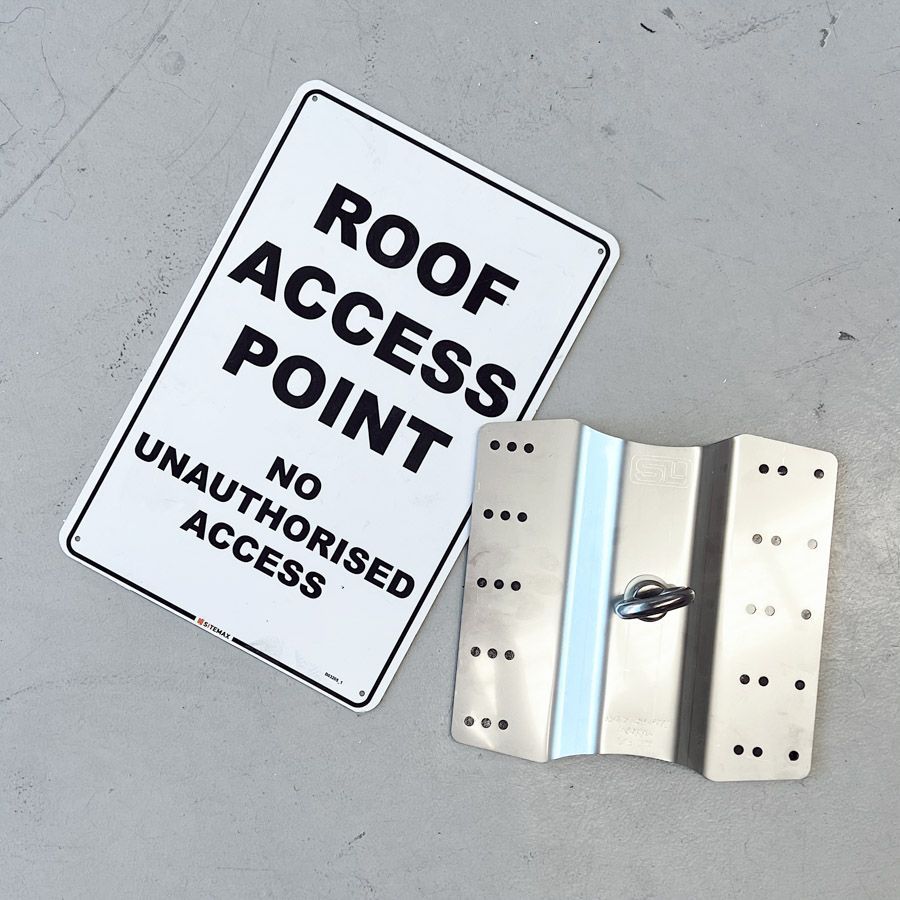Anchor Points
Safetylyne anchor points create secure connection points on roof sheets, giving maintenance teams safe and compliant access for inspection or service work.
Each
fall restraint system is engineered for the site, ensuring maximum safety and minimal user risk.
ANCHOR POINTS FOR FALL PROTECTION AND FALL ARREST
What Are Fall Protection Anchor Systems?
Fall protection anchor systems create secure connection points for workers using personal protective equipment during roof maintenance or construction.
These systems form a vital part of safe work at height, helping reduce fall risk and maintain compliance across metal, concrete, and commercial roof structures.
When Your Building Needs Permanent Anchor Points
If your roof has equipment, walkways, or areas that need regular maintenance, you’ll need anchor points to keep workers safe.
Anchor points let workers clip on their safety harness while cleaning, repairing, or inspecting roof areas.
They’re especially important near roof edges or around equipment like HVAC units, where guardrails can’t be used.
Installing the right system keeps maintenance safe and helps your site meet
height safety regulations.
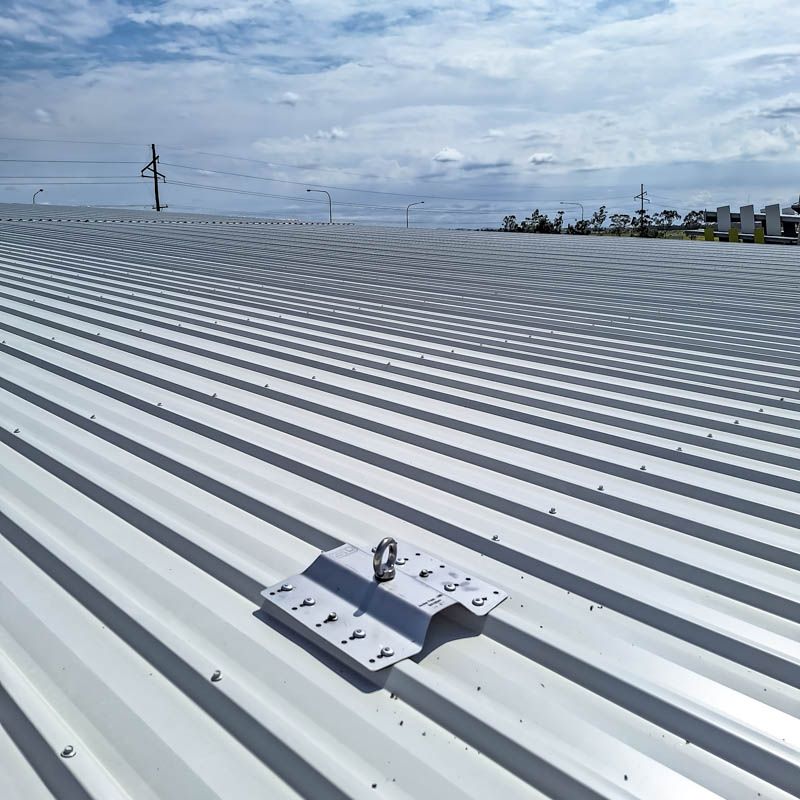
Who Can Install Roof Anchor Points?
Installing roof edge protection systems requires specialised expertise.
It needs the right skills, training, and understanding of height safety standards.
Hiring certified professionals ensures these systems meet all
height safety standards, are structurally sound, and adhere to compliance requirements.
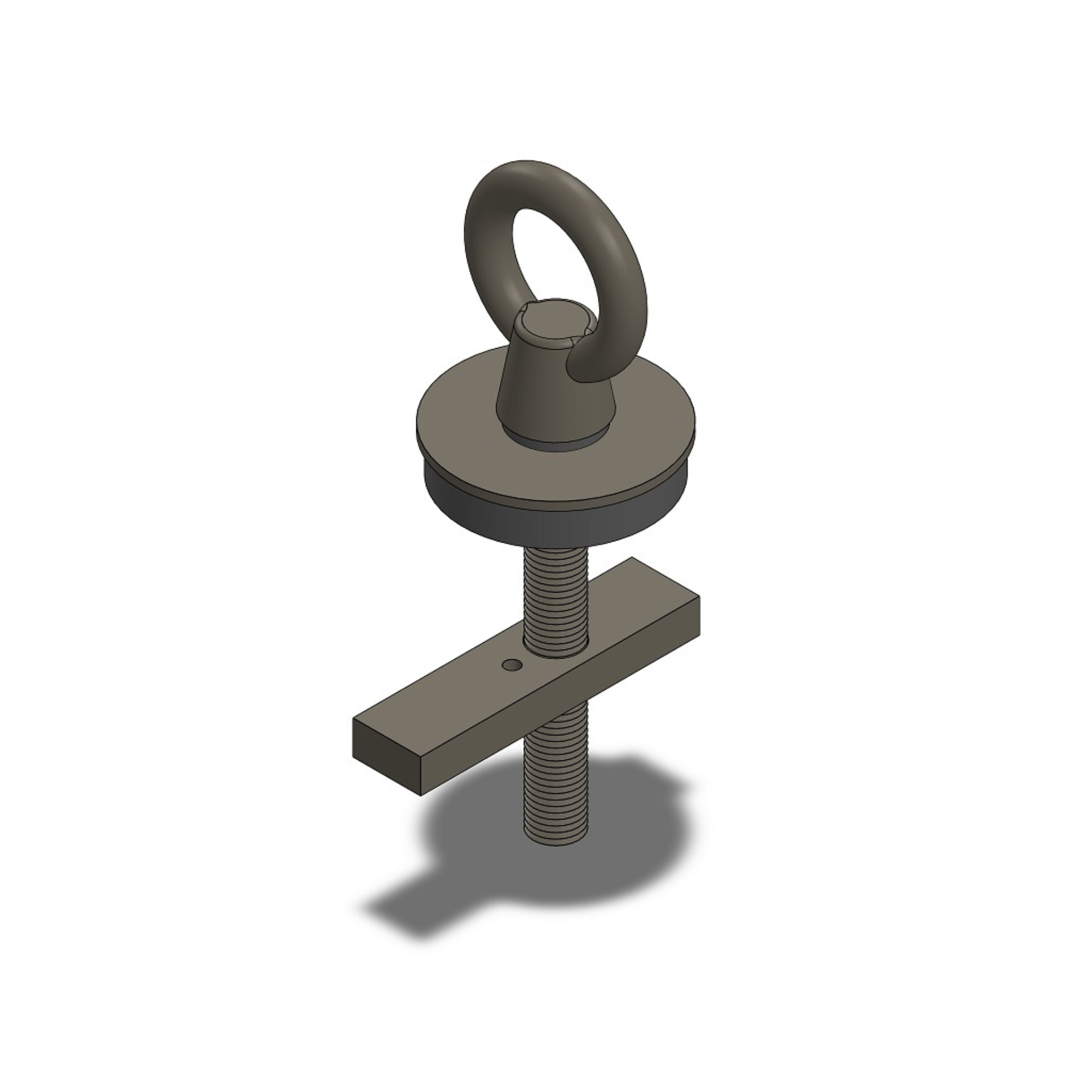
What You Need to Know About Anchor Points
Before installing roof safety systems, it is important to understand how anchor points work and what keeps them compliant.
- Roof Anchor Points Types
Different roof anchors suit different roof materials and specific structures.
- Load Requirements
Each anchor must meet strict load requirements to handle the force of a fall.
Using tested and certified systems ensures they’ll perform when needed.
- Inspection and Maintenance
Anchor points require regular checks to stay safe and compliant.
Scheduled inspections catch wear, corrosion, or damage before they become a risk.
Include scheduled inspections in your maintenance plan to make sure your height safety system stays compliant year-round.
- Certification and Inspections
Our height safety experts can audit your site, recommend necessary upgrades to meet the regulations, and install systems that keep your facility compliant and safe for everyone working at height.
We specialise in:
- Height safety
- Permanent roof anchor points
- Temporary anchor points
- All types of custom safety systems for working at height
We ensure that all installations comply with Australian safety standards, which gives you a peace of mind and a safer working environment.
Book a site appraisal or safety audit to make sure your system stays compliant and ready for use.
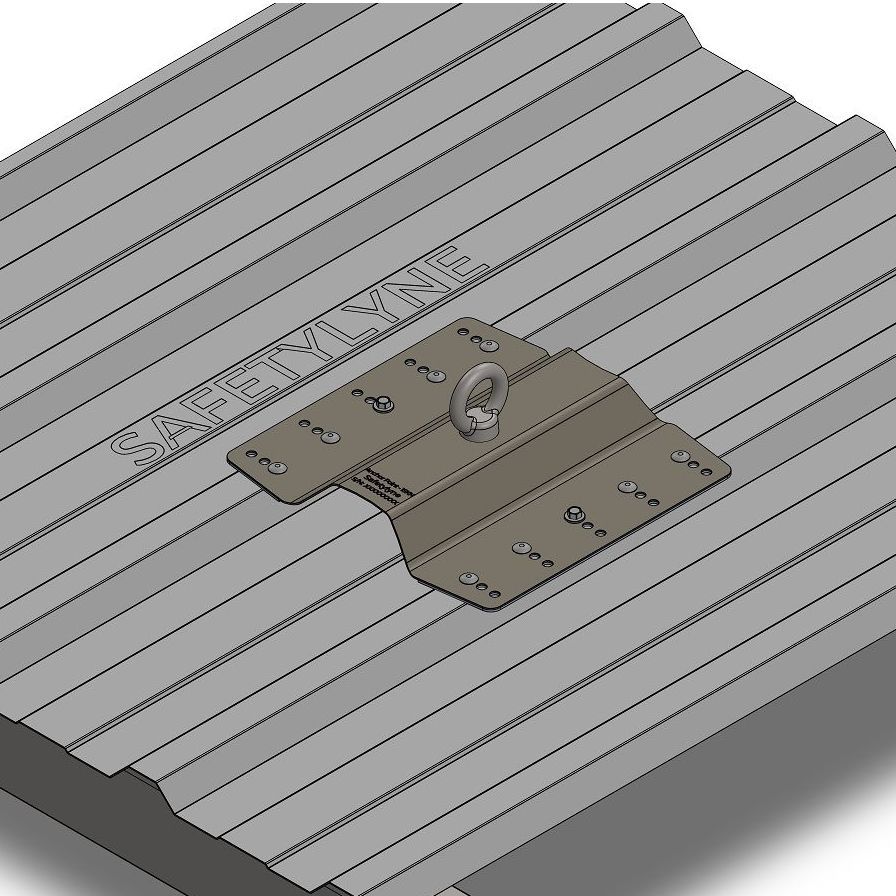
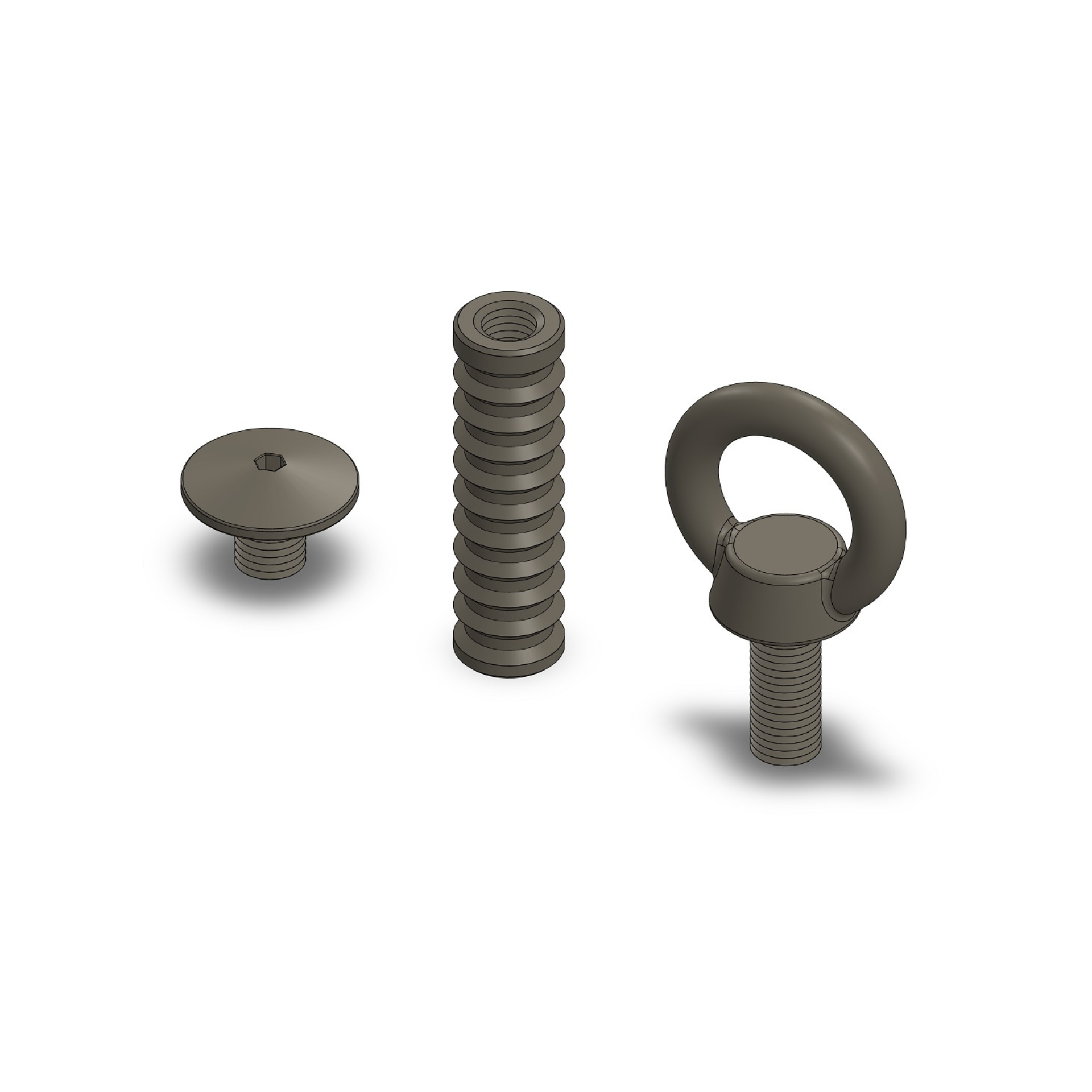
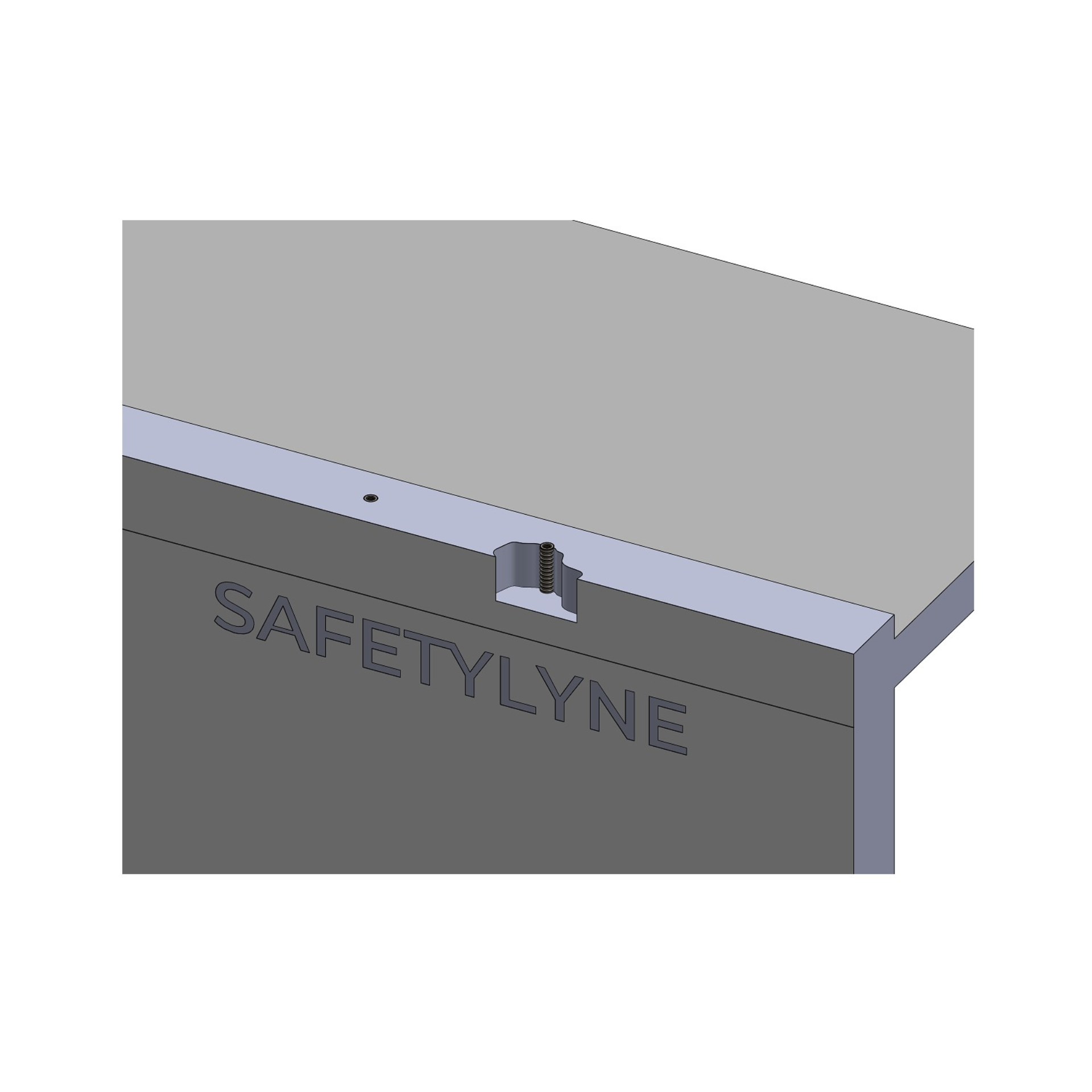
How Do You Choose Anchor Points?
Choosing the right anchor point depends on how and where it will be used.
Every building is different, and the best option comes down to the task, roof material, and site conditions.
Choosing the right anchorage system will keep your workers safe, compliant, and reliable for the long term.
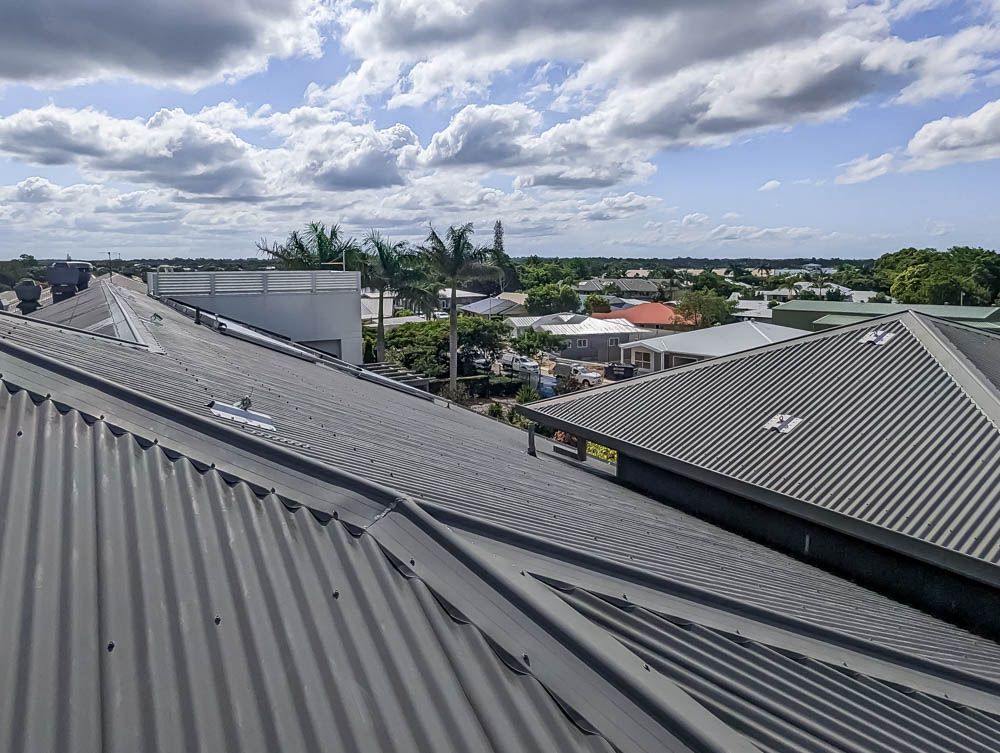
Application Type
Start by deciding how the anchor will be used - what would be your anchor points' purpose? Common applications and anchor point purposes include:
- Fall Arrest (15kN rated)
- Fall Restraint (12kN rated)
- Rope Access / Abseil
- Single-User vs Multi-User Systems
Each application has different load ratings and safety considerations. Understanding the intended use is essential to ensure the anchor point is fit for purpose.
Mounting Surface Considerations
Metal Roofs
When installing anchors on metal roofs, check the following:
- The roof sheet profile
- Purlins or truss locations
- Roof sheet thickness
- Structural strength and fixing method
Concrete Roofs and Surfaces
For concrete surfaces, assess:
- Concrete strength and thickness
- Reinforcement layout
- Age and condition of the slab
A proper site check confirms the structure can safely support the anchor and keeps the system compliant.
Environmental Factors
Consider how the environment affects the anchor’s lifespan.
- Exposure to rain, heat or UV
- Corrosion risks (e.g. coastal environments)
- Chemical exposure (e.g. in industrial zones)
Choosing the right materials and finishes ensures the system lasts and stays safe over time.
Usage Requirements
- Frequency of access
- Number of users at one time
- Type and direction of loading
- Accessibility for maintenance or inspection
These practical aspects influence not only the choice of anchor, but also its location and integration with the broader access system.
Compliance & Testing
All anchor points must meet the following Australian Standards:
- AS/NZS 1891.4:2009 – Selection, use, and maintenance
- AS/NZS 5532:2013 – Manufacturing requirements for single-point anchors
- 15kN load rating for fall arrest
- Regular inspection and testing requirements
Location Considerations
Before installation, review:
- Fall-clearance distance
- Proximity to roof edges or hazards
- Swing fall risks
- Connection to walkways or access points
Correct placement ensures the system works effectively in the event of a fall and minimises user risk.
System Integration
Anchor points should be considered as part of a complete safety solution.
Key integration needs include:
- Compatibility with static lines
- Connection to walkways and ladders
- Integration with existing or planned systems
- Flexibility for future expansion
Want to see how a practical anchor points roof access solution looks in real life on site?
Here’s an example of how we integrated an anchor point system with static lines during a roof safety project at Brisbane’s inner-city ferry terminals.
Safetylyne provided a practical solution that solved the challenge of providing maintenance crews safe access in a busy public area.
Installation & Maintenance
- Access to the install location
- Waterproofing and sealing
- Need for structural modifications
- Ongoing inspection and maintenance access
Well-planned installation reduces risk and ensures the system performs reliably over time.
Location Considerations
Before installation, review:
- Fall-clearance distance
- Proximity to roof edges or nearby hazards
- Swing-fall risks
- Connection to walkways or other access points
- Correct placement helps the system perform properly during a fall and reduces the chance of injury.
Incorporating anchor points during the construction stage makes future maintenance safer and easier.
These systems give workers safe connection points for harnesses and fall protection gear while working at height.
Planning anchor locations early helps you build safety into the structure from the start, avoiding expensive retrofits later.
Need certified anchor point design and installation for your next project?
Contact Safetylyne for a site consultation.
Contact Our Height Safety Experts Today
Our experts are ready to provide audits, recommendations, and installations to ensure the highest level of safety for your facility.
